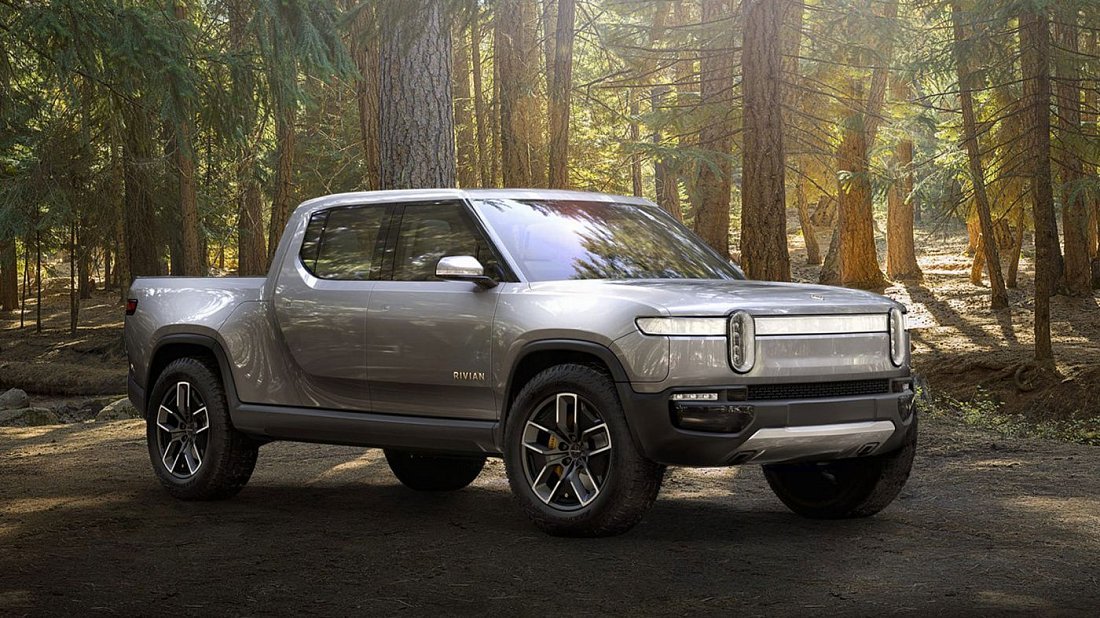NEMA 5-15
- Socket specs
Socket specs
- 120 V, 15 A, 1-phase
- Socket output
Socket output
- 1.8 kW
- Charging 20-80%
Charging 20-80%
- 47 h 31 min


The Rivian R1T 135 kWh is an all-electric all-wheel drive pickup.
The Rivian R1T 135 kWh has a 135 kWh battery pack, allowing it to travel up to 255 mi on a single charge. The car has an average efficiency of 50.3 kWh per 100 miles (or 503 Wh/mile) — ranked №213 out of 575 electric vehicles.
The Rivian R1T 135 kWh is equipped with a powertrain that delivers up to 562 kW (754 hp) of power and 826 lb-ft of torque.
This enables a 0 to 60 mph acceleration in 2.8 seconds (ranked №22 out of 575 electric vehicles) and a top speed of 124 mph.
Rivian R1T 135 kWh achieves a real-world range of 230–281 miles, placing it at №213 among 575 electric vehicles. However, this range is subject to several influences:
It's important to acknowledge that these are estimations, and your actual driving range may differ. Consider these factors when planning your trip and be ready for potential charging stops.
Utilize the interactive EV Navigation map for trip planning assistance.
The Rivian R1T 135 kWh in the USA is equipped with a CCS Type 1 charging port. You can charge it conveniently at home using a standard outlet, or utilize any public AC charging station with the appropriate cable. However, the car's built-in charger (inverter) limits the maximum AC charging speed to 11 kW, which translates to roughly 20 miles of range added per hour.
For faster charging, use DC fast-charging stations. The Rivian R1T 135 kWh supports a maximum DC charging rate of 160 kW, but it's important to note that battery temperature and current charge level can affect the actual charging speed you'll experience.
To estimate charging time, rate, and cost, you can use our Charging calculator.
The size and weight specifications for Rivian R1T 135 kWh are as follows:
Here's a breakdown of the Rivian R1T 135 kWh cargo space: